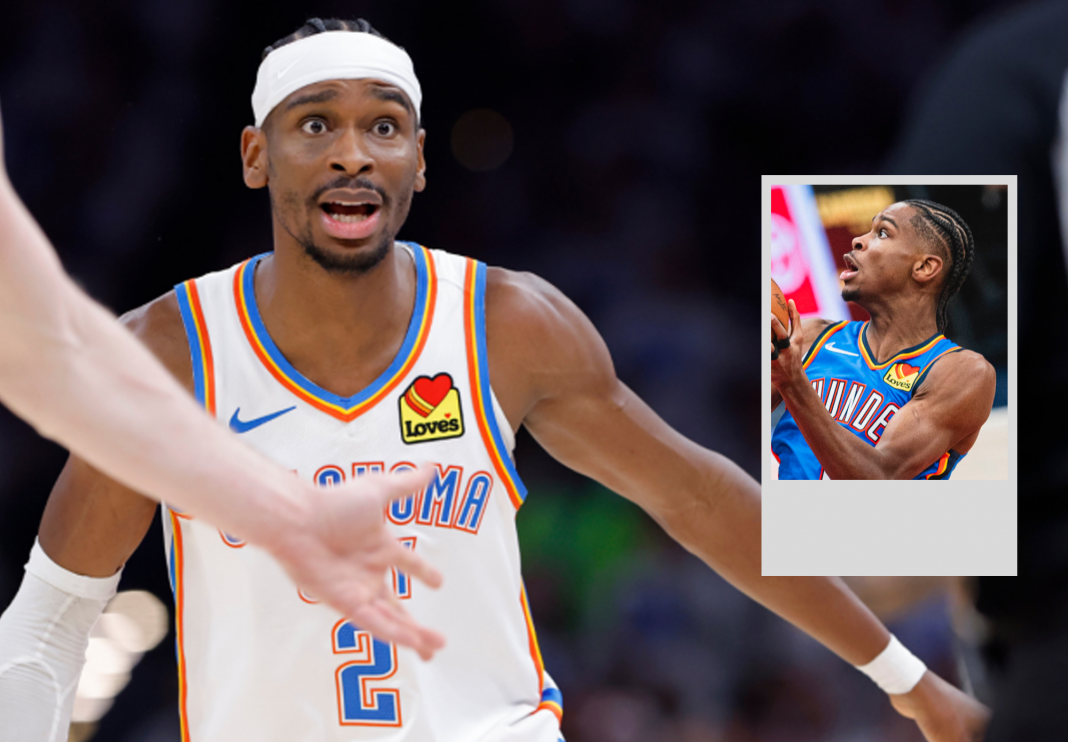The Oklahoma City Thunder have emerged as the NBA’s most formidable team this season, blending elite offense with an extraordinary defense that ranks among the best in league history. Their suffocating defense was on full display in Game 1 against the Minnesota Timberwolves, signaling that this series might be decided far sooner than expected. As the Thunder continue to apply relentless pressure both on the perimeter and inside the paint, their defensive dominance might just be the deciding factor that propels them toward an NBA championship.
The defensive backbone of a championship contender
Entering the Western Conference Finals as both the best team of the regular season and heavy favorites to win it all, the Oklahoma City Thunder’s strengths extend well beyond the star power of Shai Gilgeous-Alexander. While Gilgeous-Alexander’s near-MVP caliber play certainly fuels the team’s offensive engine, the true foundation of their success lies in one of the most historically great defenses the league has ever seen.
This isn’t merely a solid defense; it’s an all-time great defensive unit that consistently shuts down elite offenses. In Game 1 against the Timberwolves, this was painfully clear as Minnesota struggled mightily, shooting just 34% from the field and an abysmal 29% from three-point range. The Thunder forced 19 turnovers—13 of which were outright steals—and converted those into 31 points. By contrast, the Wolves scored only 10 points off Oklahoma City’s 15 turnovers, creating a staggering 21-point differential just from transition scoring that helped fuel the Thunder’s dominant 26-point victory.

OKC’s defense has earned them the best point differential in NBA history, a testament to how impactful their shutdown style has been throughout the season. From neutralizing superstar Nikola Jokić in the previous round to dominating the Wolves, this defense is the Thunder’s championship backbone.
Locking down the paint and perimeter with unmatched versatility
One of the Thunder’s biggest advantages is their ability to control the two most efficient scoring zones in modern basketball: beyond the three-point arc and inside the restricted area. Minnesota’s offensive strategy was crippled by the fact that their defensive anchor Rudy Gobert offers little shooting range, allowing OKC’s rim protectors, Chet Holmgren and Isaiah Hartenstein, to camp near the basket and deter drives with a suffocating presence.
This defensive setup forced Wolves’ star Anthony Edwards into frustration, as he could only attempt five shots inside the arc during Game 1, a clear indicator of how effectively the Thunder locked down the paint. Minnesota’s usually dominant paint scoring plummeted from an average of 52 points in the first two rounds to a mere 20 points, a playoff low. Stripped of their ability to penetrate, the Wolves had little choice but to launch a record 51 three-point attempts.
What makes Oklahoma City’s defense particularly unique is not that they limit the number of threes opponents can take— in fact, they allowed more than most teams—but how fiercely they contest each shot. During the regular season, the Thunder allowed 39.3 three-point attempts per game, which is relatively high, but opponents shot a league-worst 34.3%. In the playoffs, this percentage has dropped even further, with Minnesota hitting just 29% from deep in Game 1. The Thunder’s defenders like Alex Caruso, Lu Dort, Cason Wallace, and Jalen Williams apply relentless pressure both on ball handlers and shooters, forcing bad shots and disrupting rhythm.
This level of defensive versatility—being able to harass drivers and shooters alike without compromise—is rare in today’s NBA, making Oklahoma City’s defense nearly impenetrable. The Wolves were not taking 51 threes by choice; they were driven to desperation by the Thunder’s suffocating grip.
The blueprint to a championship and what lies ahead
Minnesota’s offensive woes in Game 1 exposed just how difficult it is to crack OKC’s defensive code. Even a hot first half from Julius Randle, who drained five threes early, wasn’t enough as the Thunder’s defense clamped down in the second half, shutting Randle out from beyond the arc completely. Attempts to stretch the floor further by deploying shooting big man Naz Reid failed miserably; Reid missed all seven of his three-point attempts, compounding the Wolves’ shooting struggles. Other shooters like Mike Conley, Jaden McDaniels, and Donte DiVincenzo also faltered, going 7 for 36 collectively from deep.
Despite a slow start offensively—Shai Gilgeous-Alexander went 2 for 13 in the first half—the Thunder remained competitive thanks to their elite defense, trailing by just four at halftime. Once Gilgeous-Alexander and Jalen Williams found their rhythm in the third quarter, the game quickly slipped away from Minnesota. The Thunder’s defense acted like a python, tightening the grip until the Wolves had no chance to recover.
This dynamic—world-class defense paired with a potent offense—is what sets Oklahoma City apart as a legitimate championship contender. Even on nights when their offense sputters, their defense provides a reliable cushion that few teams can overcome. It’s a rare combination akin to pairing a legendary quarterback with an impenetrable defense. For the Timberwolves, the path forward is clear but daunting: find ways to exploit mid-range opportunities, force the Thunder into uncomfortable defensive rotations, and hope for a hot shooting night. Otherwise, this Western Conference Finals series risks being decided before it really gets going.
Oklahoma City’s defense isn’t just playing for wins; it’s shaping the entire destiny of their championship run—tightening the noose and proving that great defense still wins championships in the modern NBA.






